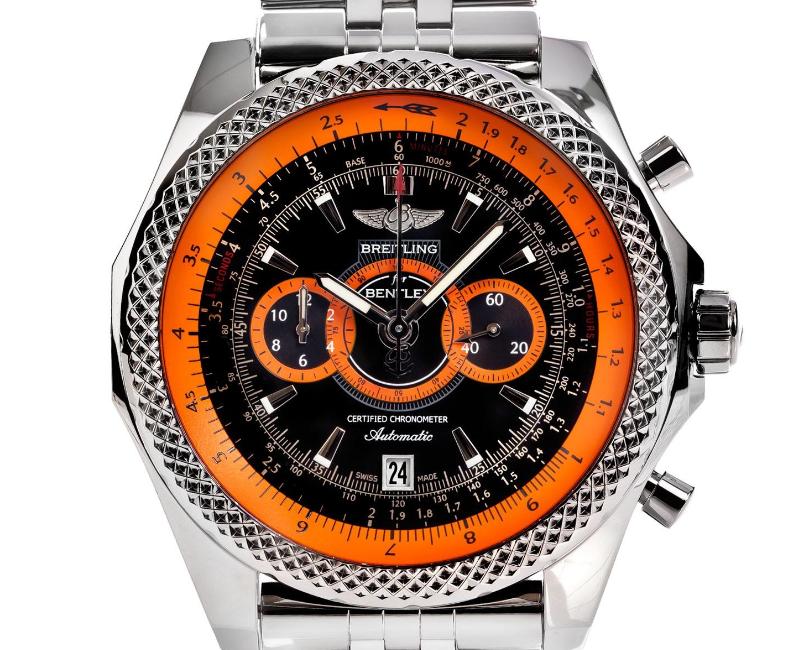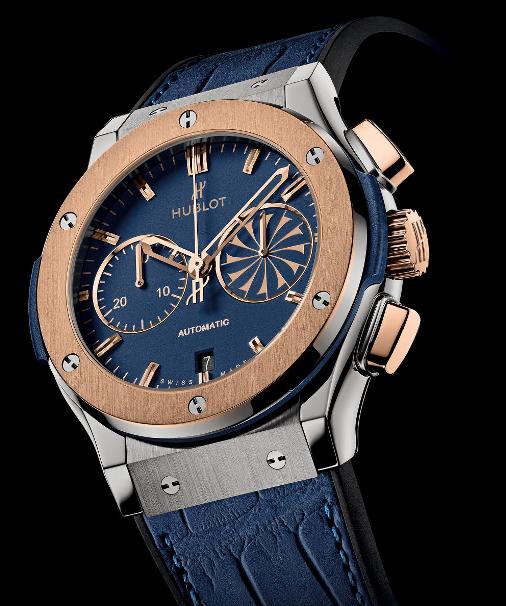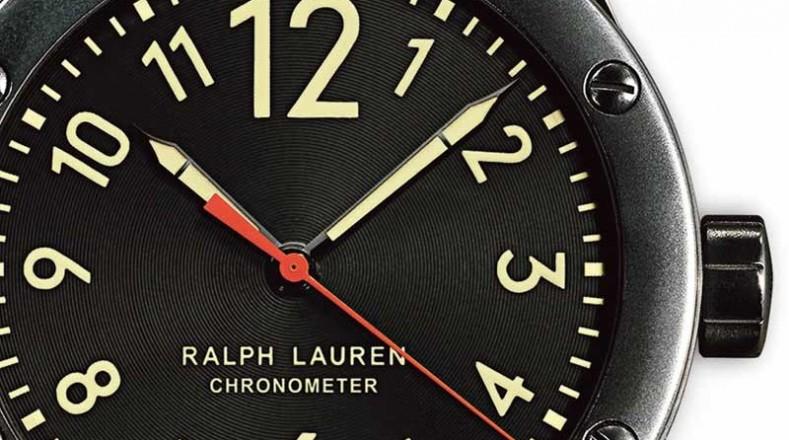Part of the Competentia 1515 Collection, Fabien Lamarche, founder of Julien Coudray, drew the sketch for this unusual Aborigine inspired “face” on a solid platinum tourbillon a few years ago, discovering a way to sculpt a dial from solid gold and grand feu enamel. The traditional crafts of hand-engraving and enamelling enabled the Manufacture to unveil the collection “Humanoid Faces”, an interpretation of the marks left by time on the faces of the world.
Julien Coudrey, for whom the brand is named, is no young and up and coming artist. In fact, as the 1518 in the brand name suggests, he is long gone. A native of Blois in the Loire Valley of France, Julien Coudray was one of the most skilled creative artisans of the 16th century. Serving as “horologer” to kings Louis XII and especially François I, he was part of the exceptionally flourishing artistic wealth of the French Renaissance. Regarded as the emblematic monarch of this period and one who significantly contributed to the development of art and literature in France, François I advocated ideas that were widespread in Italy, and even went as far as to commission works by Italian artists whom he invited to France. Leonardo da Vinci worked for him from September 1515 until his death on May 2nd 1519. Being a watchmaker to François I meant having been selected to embody the vision of a ruler surrounded by brilliant and inventive minds. While the royal court was enriched with artists, scientists and men of letters, horologers who united science with art were highly respected for their exceptional expertise. Julien Coudray is also the first horologer from Blois to be recorded in historical documents.
Julien Coudray moved smoothly from large-scale to miniature works. According to historical sources, he is considered the inventor of the portable watch in 1518 in the shape of spring-based movements inserted at the request of François I into the pommel of two of his daggers. The date of this innovation would be incorporated into the brand name five centuries later. In honour of his function, the watchmaker adopted a fleur de lys enhanced by two daggers as his coat-of-arms. Throughout his career, he would create instruments that were greatly appreciated among the aristocracy: domestic clocks with no counterweights (1528) and Grande Complication celestial spheres (1529), as well as chiming and automaton steeple clocks for the towns of Tour and Blois.








